Over the past several years, we have witnessed the rapid development and launch of many “black-box risk models.” We’ve looked under the hood at many of them and found the methodologies to be very complex and the initial goal hard to decipher. Some of them appear more like technical-soup than an actual common sense strategy. So to answer, “How did we build it?” We built the index with the client in mind, and designed a strategy linked to common technical and behavioral indicators.
We took the indicators which we have already discussed: moving averages, drawdown, MACD, and volatility, and simply looked at how they collectively can confirm periods of heightened risk. All of the indicators were statistically standardized and given z-scores for entry and exit triggers. The z-score methodology allows the strategy to be dynamic and adapt to new information and different market cycles. The end methodology gives each indicator an equal vote on exiting the equity markets. It takes three votes to exit, and two votes to enter. Our methodology makes it harder to exit, thus likely reducing the potential for false signals.
Why give each indicator an equal vote? This hits at the heart of our philosophy: simplicity. Technical or behavior indicators do not work independently all the time, thus we look for a confirmation of signals to define an entry or exit of the equity markets rather than rely on one overriding signal. We can all point to times when moving averages became too far stretched to the upside proving little protection when the equity markets start to fall. What happened? Equities fell meaningfully before any protection was offered. The same can be said of volatility, sometimes it produces a false signal to exit or enter equity markets and can be misleading. Our goal is to rely on a combination of three out of four votes to exit the equity market, and two votes to re-enter. While not foolproof, it is a commonsense strategy that attempts to follow basic investment principals; remain invested and reduce risk if appropriate. That is exactly what we tried to build.
While thinking through the construction of the strategy, we also knew we did not want to overthink the equity or fixed income exposure. The index rotates between a cap-weighted basket of the largest 500 U.S. listed companies for the equity exposure, and short-term treasuries for the risk-off fixed income. The goal was to let the indicators be the driver of potential alpha and not our choice of underlying equity exposure. We feel the simple solution can be an optimal solution.
In addition to exiting equity exposure early to avoid drawdowns, we also implemented an approach designed to take advantage of extreme drawdown points. We implement large standard deviation events in all variables as an additional re-entry trigger point with the goal of buying at very depressed prices when trends possibly start to change to a positive direction. If the goal is to remain invested as much as possible, often the best times to re-enter the market are after large drawdowns and extreme volatility. We know it is difficult to make that decision in the moment, which is why relying on rules and a confirmation-based voting approach can be so valuable. By always allowing at least two signals to trip on the re-entry, the strategy has avoided relying on anyone methodology to be the driving decision force.
There is one last minor item to mention. When a signal is given to enter or exit the market, that signal is in affect for a minimum of ten days. The goal here is to avoid a whipsawing effect of trend changes. We’ve found that anything shorter triggers significantly higher trading, which has the potential to drive costs higher.










